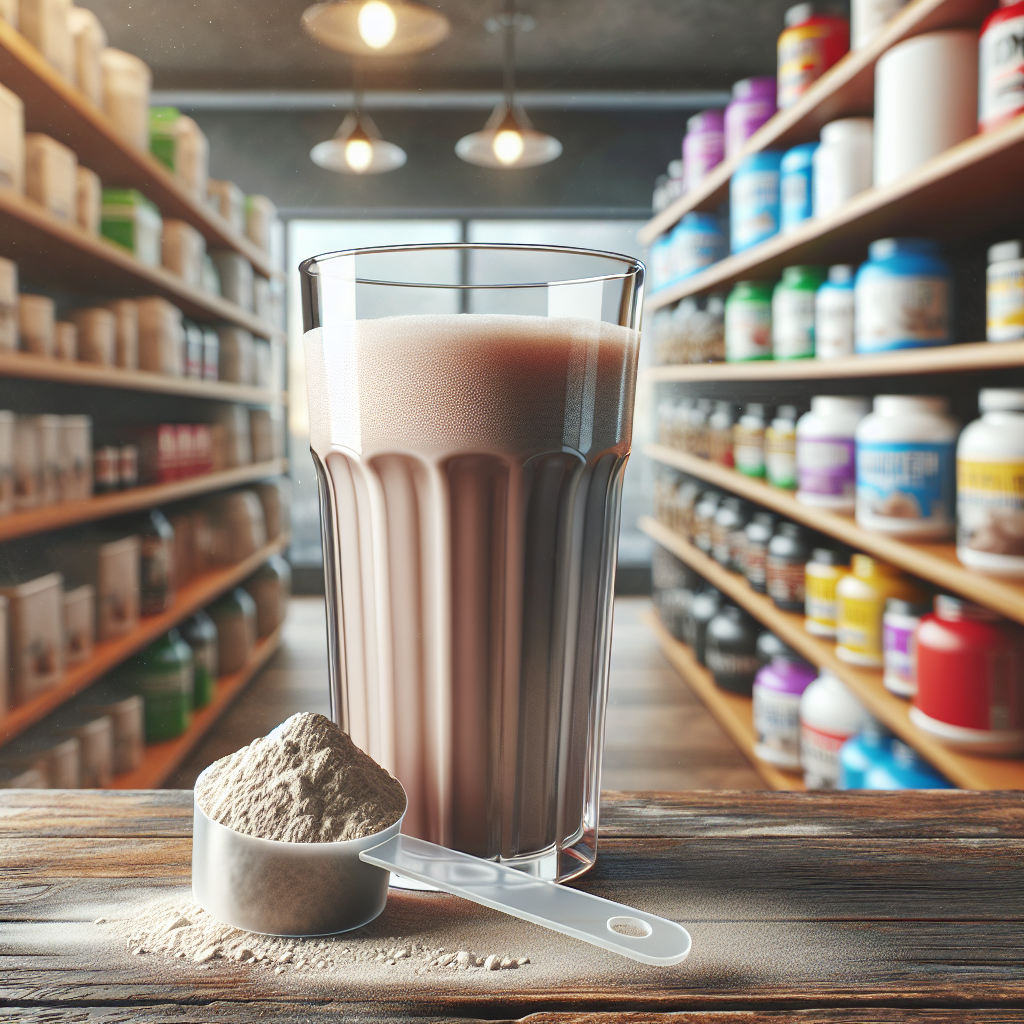Millennials and growing consumer interest in health and weight loss are driving up sales of high-protein packaged food and beverage products, according to a recent report by the investment bank William Blair.
Sales for “high-protein” labeled products in grocery aisles, as well as frozen and refrigerated food sections, have seen an estimated compound annual growth rate of over 7% from 2021 to 2023, with sales surpassing $30 billion in 2023, the report noted. This data was sourced from the analytics company Circana.
The report highlighted that this surge in sales aligns with rising consumer interest in high-protein products, particularly among millennials. Online searches for “high protein” reached a five-year peak in 2023, and mentions of “high protein” increased by 32% in the 12 months leading up to May 2023, based on information from the consumer intelligence firm Brandwatch.
Millennials are the most significant contributors to this trend, accounting for about 52% of online mentions related to “high protein,” with individuals aged 25 to 40 leading the conversations.
The report also attributes the popularity of high-protein products to an increasing focus on fitness and health. According to Euromonitor International’s Health and Nutrition Survey, the main reasons people follow a high-protein diet are to “improve fitness” and “become healthier.”
Additionally, the report pointed out that those attempting to lose weight using GLP-1 weight loss drugs, such as Novo Nordisk’s Wegovy and Eli Lilly’s Zepbound, might also increase their protein intake. High-protein diets can help mitigate lean muscle mass loss, a common side effect of these medications.
Morgan Stanley analysts project that the global market for GLP-1 drugs will reach $105 billion by 2030, with about 9% of the U.S. population expected to be on a GLP-1 treatment by 2035.
Companies are responding to these consumer behavior changes. For instance, earlier this year, Nestle announced the launch of a high-protein frozen meal line aimed at individuals on GLP-1 medications.
In summary, the increasing consumer desire to live healthily and fit appears to be driving the demand for higher-protein foods and beverages, as reflected in their spending habits, according to William Blair analysts.
